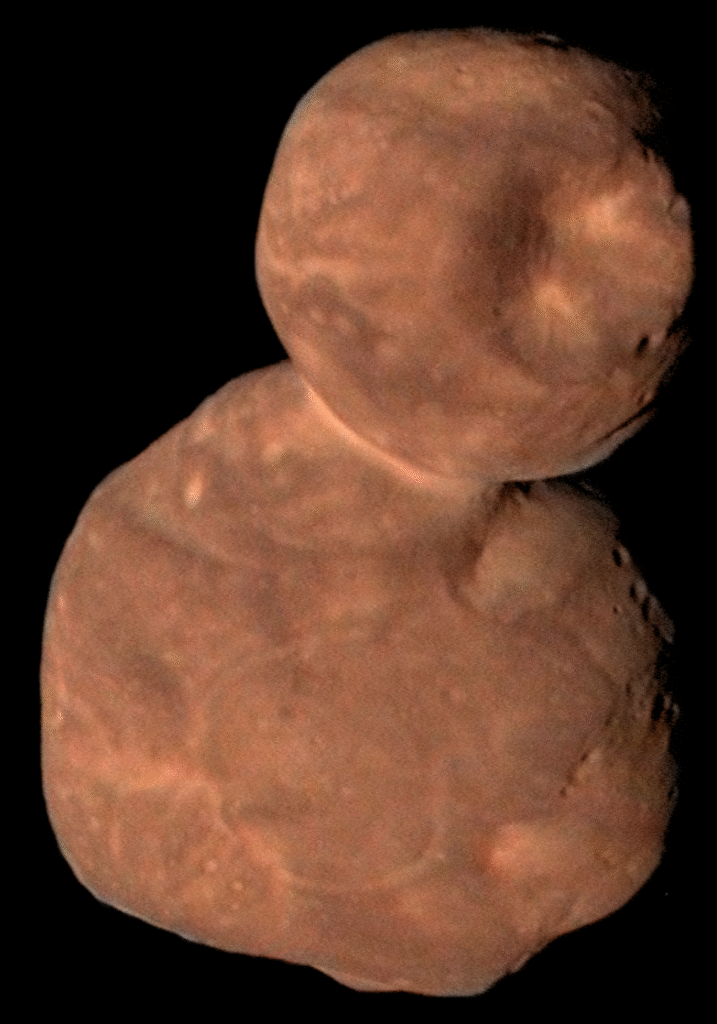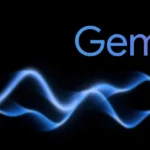The New Horizons Mission 2025: Current Status, Location and Goals
Table of Contents

The New Horizons Mission is a NASA space probe launched on January 19, 2006 as part of the New Frontiers program. It is one of the most ambitious robotic explorers ever sent into the outer solar system. It completed humanity’s first reconnaissance of Pluto in 2015 and later flew past *Arrokoth (2014 MU69), the most distant object ever visited. Now, it continues its journey deeper into the *Kuiper Belt, providing unprecedented insights into the solar system’s frozen frontier.
It was designed to explore our favorite former planet (now a Dwarf Planet) Pluto and the Kuiper Belt, making history as the first spacecraft to perform a flyby of Pluto on July 14, 2015.
Key Highlights:
- Fastest spacecraft ever launched at the time, reaching speeds of 58,500 km/h (36,400 mph).
- Conducted a gravity assist flyby of Jupiter in 2007, capturing stunning images of its moons.
- Pluto flyby revealed mountains, glaciers, and a complex atmosphere, reshaping our understanding of the dwarf planet.
- In 2019, it flew past 486958 Arrokoth, a Kuiper Belt object, making it the most distant object ever explored up close.
- Continues to send data from the outer edges of our solar system, over 60 times farther from the Sun than Earth.
Mission Overview
- Launch: January 19, 2006 (Cape Canaveral, Florida)
- Primary Targets:
- Pluto & its moons (flyby July 14, 2015)
- Arrokoth (Ultima Thule) (flyby January 1, 2019)
- Current Status: Active, exploring the Kuiper Belt and interstellar environment.
- Expected End of Operations: Late 2030s (when its radioisotope thermoelectric generator (RTG) can no longer power instruments).
Major Discoveries
1. Pluto: A Geologically Active World
Before New Horizons, Pluto was a blurry dot. The mission revealed:
- Glaciers of nitrogen ice flowing like Earth’s glaciers.
- Cryovolcanoes (ice volcanoes) possibly still active.
- Blue atmospheric haze from sunlight breaking methane.
- A possible subsurface ocean beneath Sputnik Planitia (a heart-shaped nitrogen ice basin).
- Charon (Pluto’s moon) has a cracked surface and red polar cap.

2. Arrokoth: A Primordial Relic
The most primitive object ever visited, Arrokoth is:
- A contact binary (two gently merged icy planetesimals).
- Unchanged since the solar system’s birth (~4.5 billion years ago).
- Has a smooth, lightly cratered surface, suggesting little disturbance over time.

3. Kuiper Belt & Interstellar Space Findings
- Higher-than-expected dust levels, suggesting more small KBOs than predicted.
- The Sun’s influence weakens earlier (~50 AU) than models suggested.
- First direct measurements of the “interstellar medium” beyond Pluto.

Spacecraft & Instruments
New Horizons carries seven key instruments:
- Ralph (Visible & infrared imager/spectrometer) – Maps surface composition.
- Alice (Ultraviolet spectrometer) – Studies atmospheres.
- LORRI (Long-Range Reconnaissance Imager) – High-resolution black-and-white camera.
- SWAP & PEPSSI – Measure solar wind and plasma.
- REX (Radio science experiment) – Measures atmospheric pressure & temperature.
- SDC (Student Dust Counter) – Measures Kuiper Belt dust.
Power Source: A radioisotope thermoelectric generator (RTG) (decaying plutonium-238 provides ~200W).
What’s Next?
- Searching for another KBO flyby (if a reachable target is found).
- Studying the heliosphere’s edge (like Voyager, but with modern instruments).
- Possible end of mission in the 2030s when power runs too low.

Why This Matters:
New Horizons is providing unprecedented insights into the Kuiper Belt, a region filled with ancient remnants from the solar system’s formation. Its extended mission allows scientists to study interstellar space, helping us understand the boundaries of our solar system.









